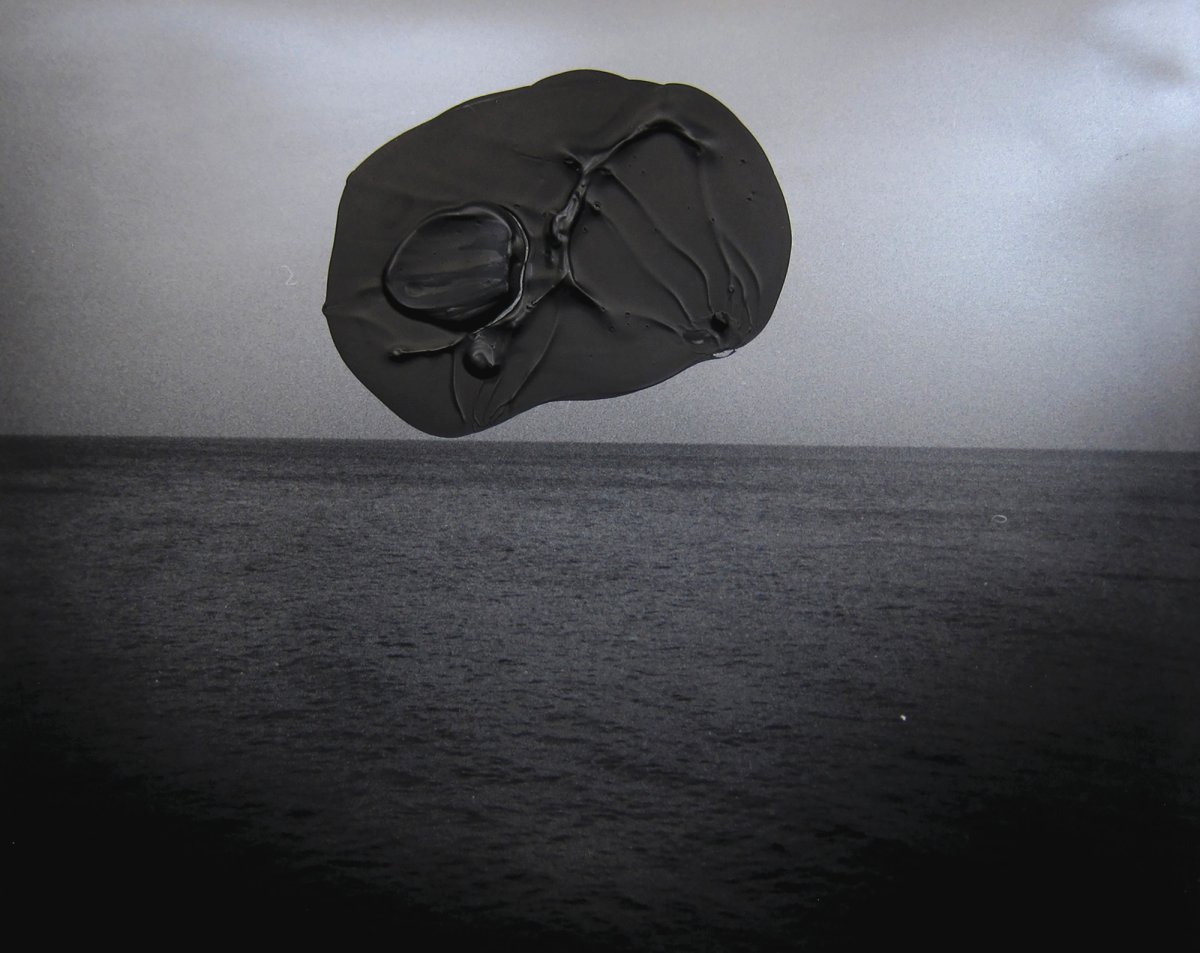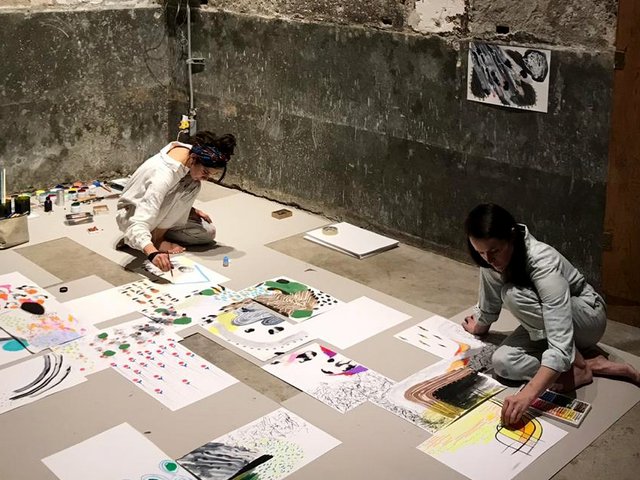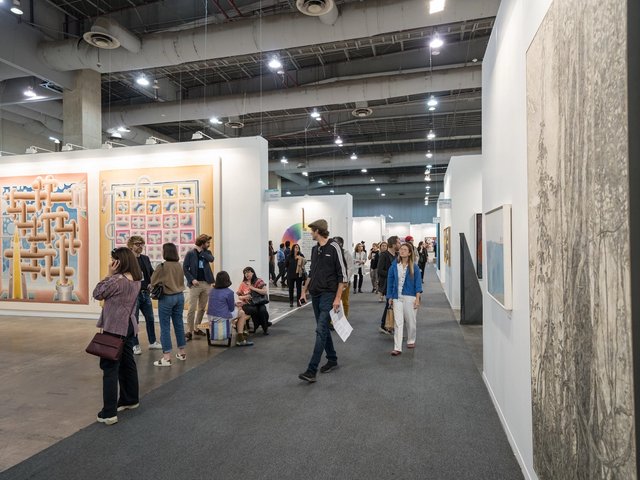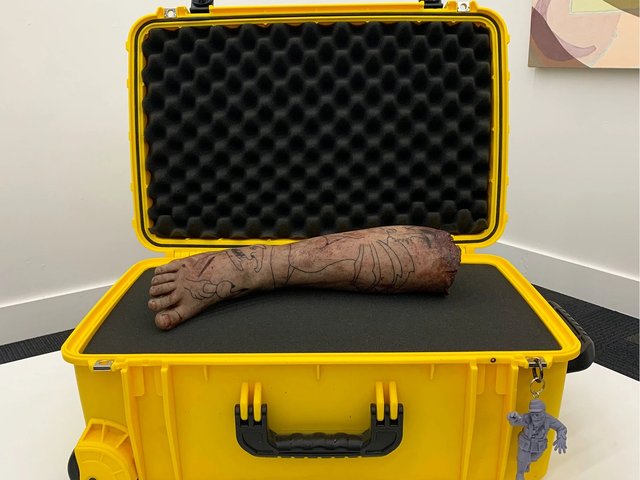For centuries, the port of Veracruz and its neighbouring city of Xalapa were the gateways to New Spain. Viceroys and serfs, china and silver, all moved through this once mighty port on the Gulf of Mexico and the region’s misty inland rainforests to reach Mexico City.
Today, the state of Veracruz is at the heart of the Mexican oil industry and maintains a privileged position in the country’s relationship to Cuba and the Caribbean, while facing some of the highest rates of crime in the nation for kidnappings, disappearances, femicides and extortion. The setting of Fernanda Melchor’s unsettling blockbuster novel Hurricane Season (2017), Veracruz will have pride of place during this year’s Mexico City Art Week, placing the state’s unique art scene firmly in the limelight.
In the Projects section of the Salón Acme fair, the photographer Cannon Bernáldez is showing her most recent work made in Veracruz. Bernáldez is a journalist by training and spent time photographing the landscape along the coast before intervening in the final prints with paint, vellum and cardboard to partially obscure the images. The series, A territory in silence, represents the disappearance of 20 journalists in Veracruz between 2010 and 2016 under the notorious administration of Governor Javier Duarte de Ochoa, who is at present in prison but will soon be released. The images are a disquieting reminder of a deliberate strategy by local authorities seeking to control information and spread fear in the state.
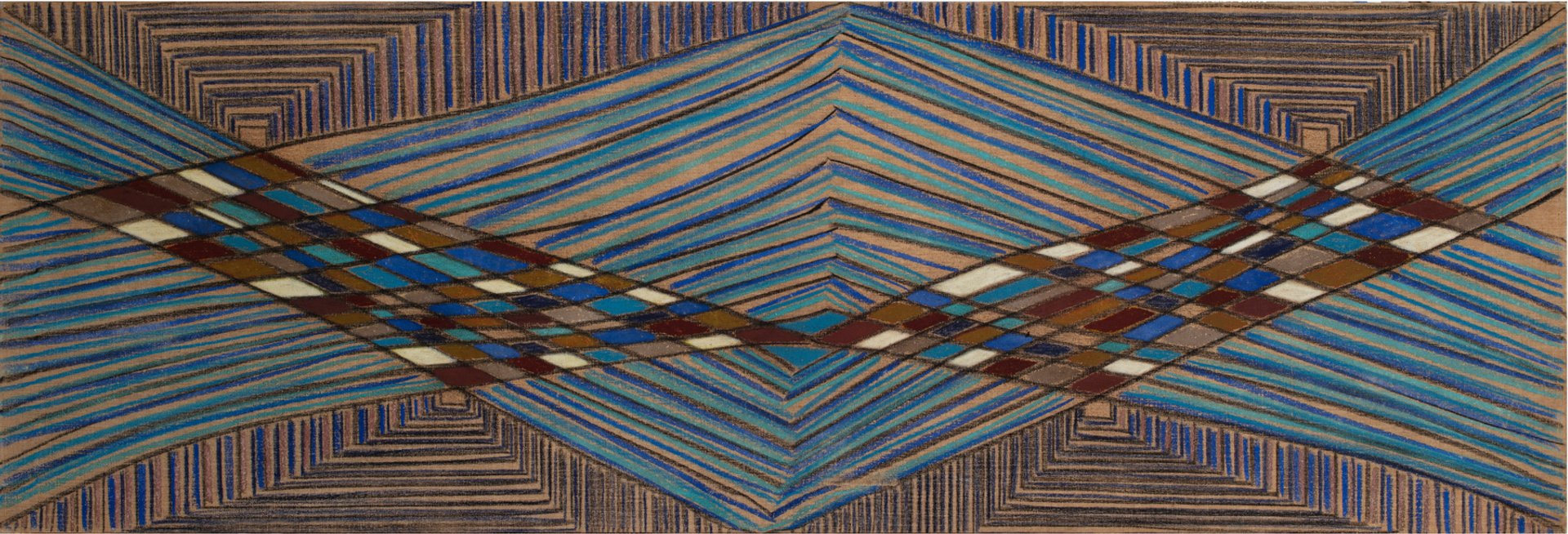
A show at Muac explores the work of Myra Landau, who lived in Xalapa, including Ritmo de primavera (1974) Photo: Francisco Kochen; courtesy of MUAC
This interest bespeaks a recognition of the rich art scene hereRafael Toriz, curator, Invited State section, Salón Acme
State focus
“After everything Veracruz has been through, I think this interest on behalf of other agents bespeaks a recognition of the rich art scene here,” says Rafael Toriz, the curator of the Invited State section of Salón Acme. Each year, the fair invites a local curator to put together a showcase of one of the 32 Mexican states; for the fair’s 12th edition, the directors selected Veracruz.
“The general aim is to de-centre the contents of the fair and to display work being done by groups of artists and curators in the states,” says Zazil Barba, one of Salón Acme’s co-founders.
Toriz, who is originally from Xalapa and trained as a musician before embarking on a career as a writer, was until recently the director of visual arts for the Office of Cultural Diplomacy at the Ministry of Foreign Affairs. This varied background, with strong connections to the music, literary and visual art scenes, made him stand out to Barba and the rest of the Salón Acme directors, who sought him out specifically for this edition of the fair. His show within the fair, Contours of a hallucinated boat, highlights Veracruz’s climate, lush terrain and rich history as a place of arrival and dispersal.
True to that identity, Toriz’s selection of artists incorporates those who were born in Veracruz, those who have made their careers there and those who have passed through. It includes drawings by Alejandra R. Bolaños, who explores archives, fiction and myths through a feminist lens; the video artist Tania Ximena, whose work documents how climate and environmental change affects the landscape; Rodolfo Sousa, whose work critiques the circulation and breakdown of information through text and image; and Per Anderson, a legendary figure in the printmaking world who first came to Veracruz from Sweden in the 1970s to teach at the arts school of the state university, the Universidad Veracruzana (UV) in Xalapa.
The 1970s were instrumental in establishing the UV’s art school as one of the best in the nation, and it attracted visionary artists from around the globe, among them Myra Landau (1926-2018) from Romania, whose posthumous retrospective Sensitive Geometry is on view at the Museo Universitario Arte Contemporáneo (Muac) until 23 February. Although Landau’s career was in great measure nomadic, including the formative years she spent in Brazil before arriving in Mexico, her more than 20 years in Xalapa shaped her work and influenced generations of students working in painting and graphic arts in Veracruz. Sensitive Geometry shows how her experience abroad enriched the curriculum at the UV and made the university an important point of contact between Mexican and South American avant-gardes. This solemn show is a first attempt by Muac to recover the historical importance of contemporary art movements outside the capital, among which Veracruz looms large.
- Salón Acme, Mexico City, 6-9 February
- Myra Landau: Sensitive Geometry, Museo Universitario Arte Contemporáneo (Muac), Mexico City, until 23 February


